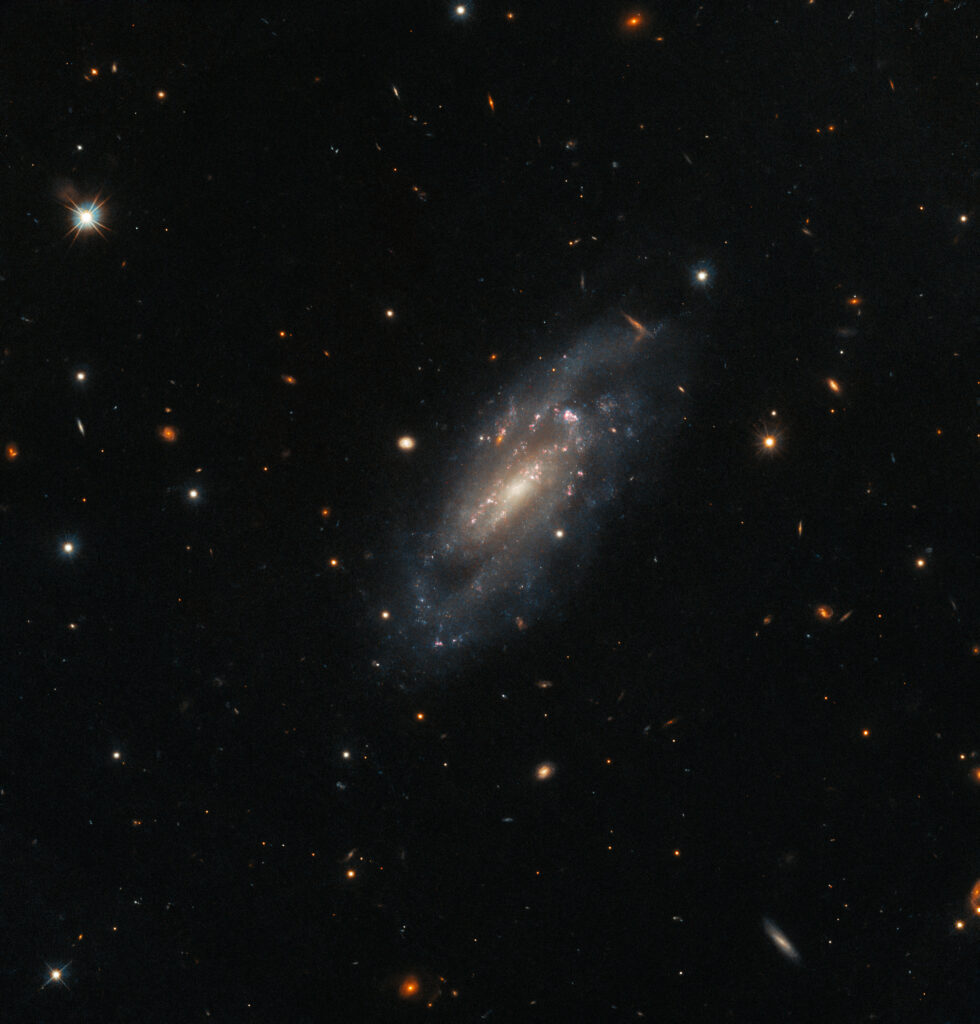The presented image of the Hubble telescope demonstrates the spiral galaxy UGC 11860. It is located at a distance of 184 million light-years from Earth in the direction of the constellation Pegasus.

At first glance, UGC 11860 carelessly “hovers” against the background of many more distant background galaxies. But despite its serene appearance, it hides a secret. UGC 11860 has recently become home to one of the most powerful events in the Universe.
We are talking about a supernova outbreak. It was recorded in 2014 by an automated celestial survey. After that, two teams of astronomers immediately used the WFC3 camera installed on board Hubble to photograph the consequences of the explosion and establish the progenitor of the supernova.
Supernovae interest astronomers for a number of reasons. So, they are real star forges. In their depths, many heavy elements are synthesized, without which neither the emergence of the Earth nor the existence of life on it would be impossible. In addition, the study of supernovae allows us to shed light on many features of stellar evolution and the life cycle of luminaries.
You can also read about how, in the distant past, a molecular thread saved the Solar System from a supernova.
According to https://esahubble.org
Follow us on Twitter to get the most interesting space news in time
https://twitter.com/ust_magazine
